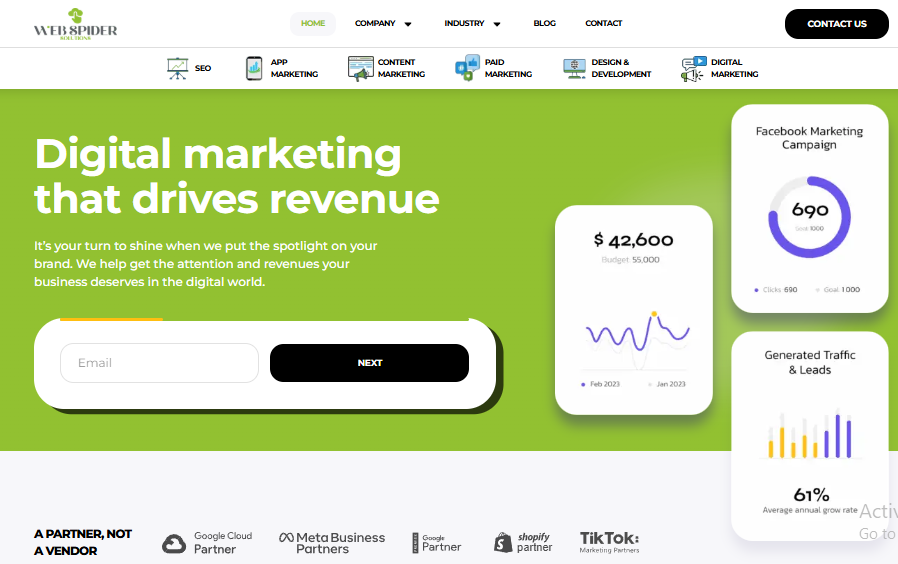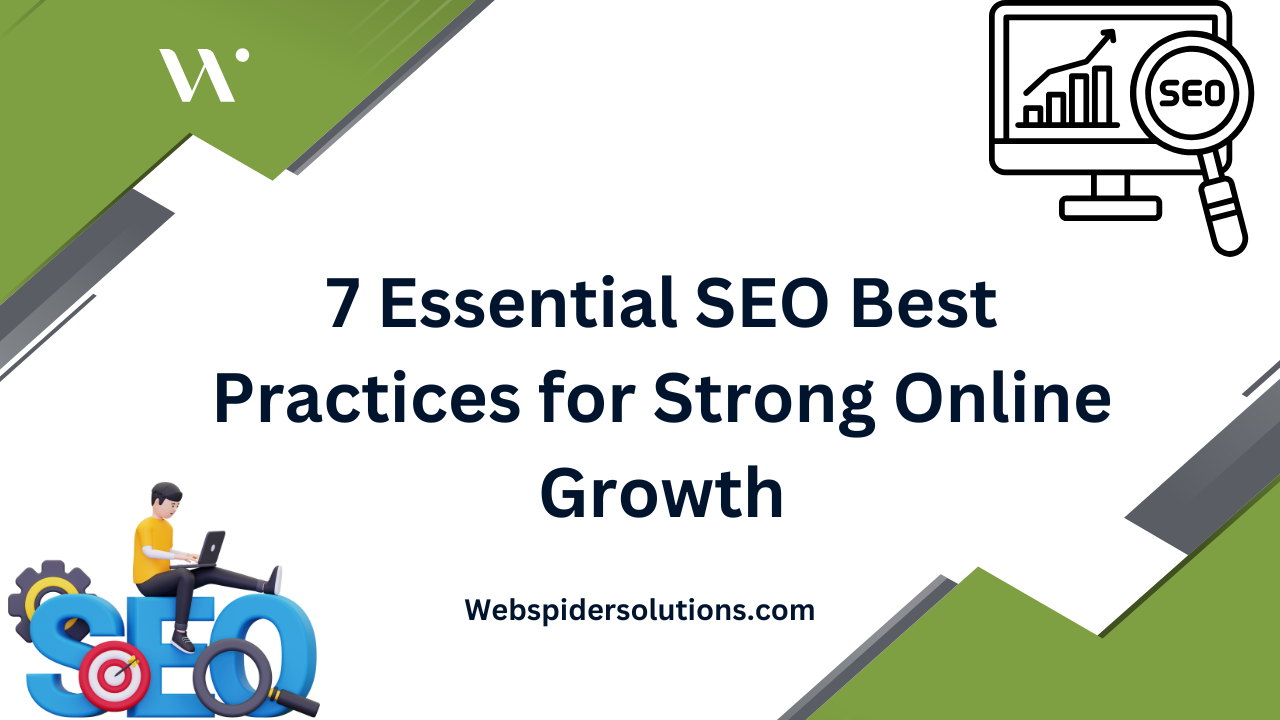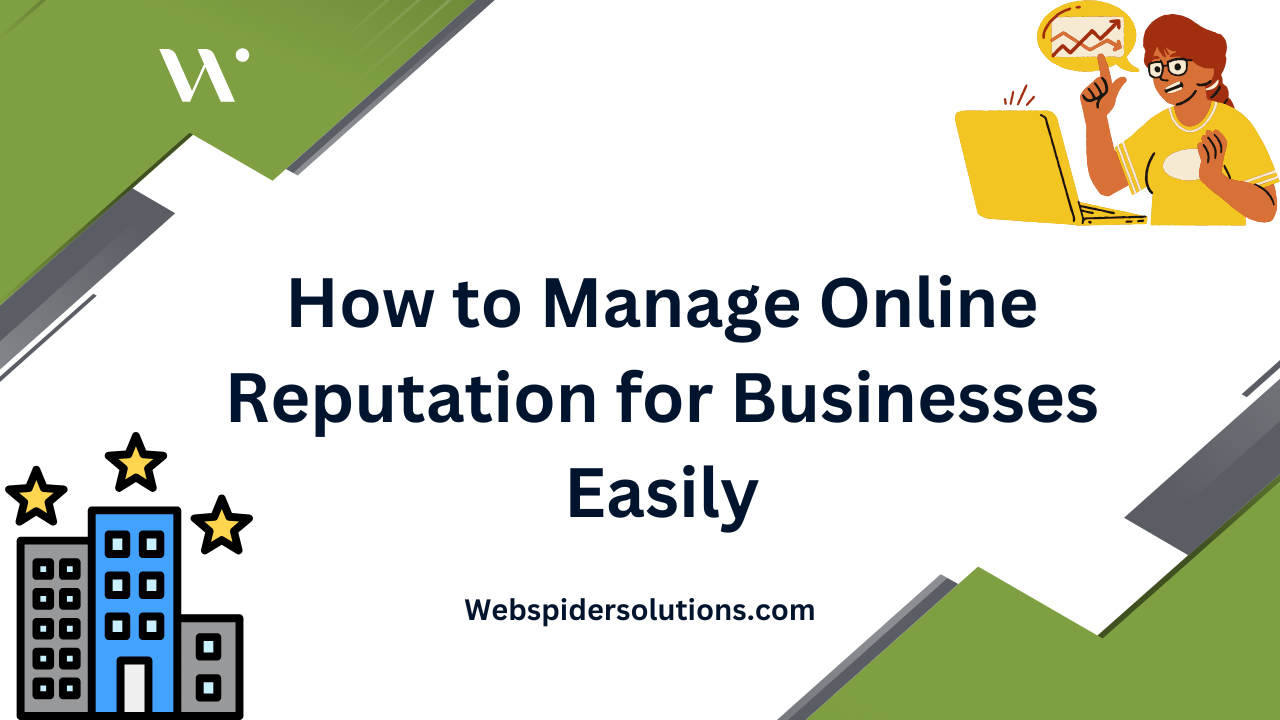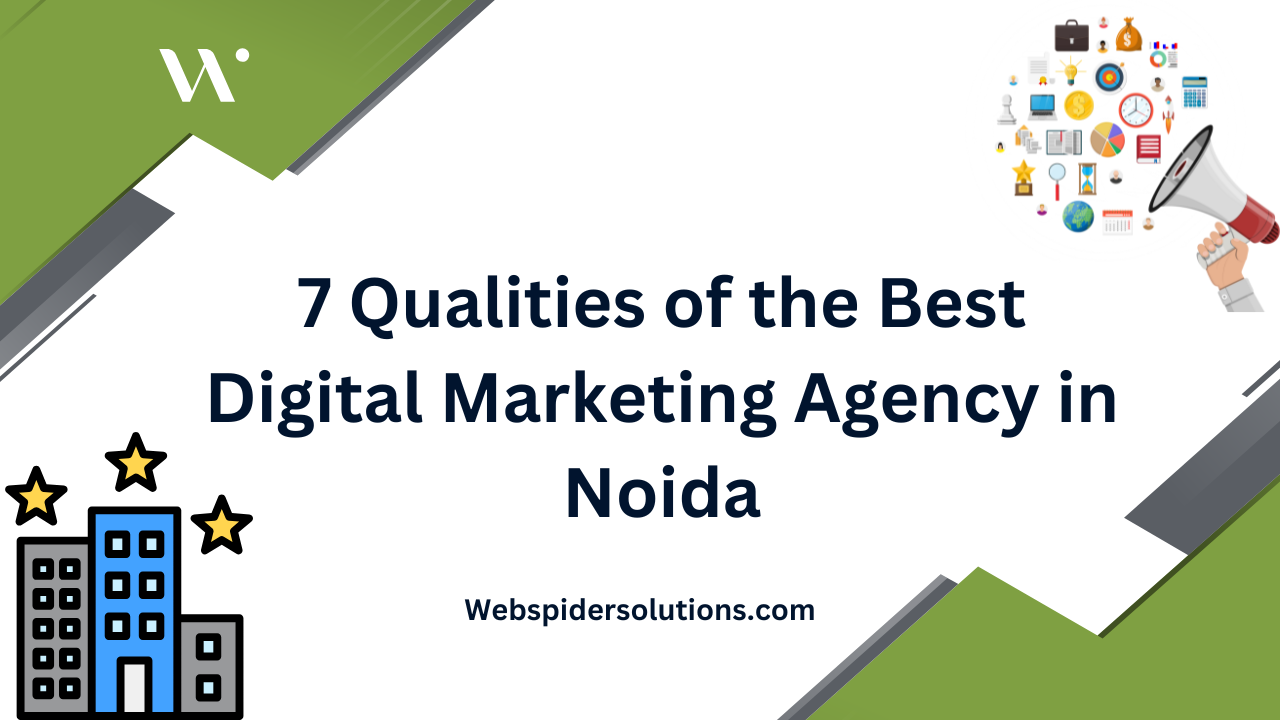Turning website visitors into paying customers is the lifeblood of any online business. Yet even some of the most stunning sites see only 2 to 5 percent of their visitors actually convert. Most owners obsess over getting more traffic and completely miss the real goldmine hiding in how those visitors behave. The secret is not about bringing in as many people as possible but about unlocking why so many leave without ever taking action.
Table of Contents
- Understanding Conversion Rate And Its Importance
- How To Calculate Conversion Rate Step By Step
- Proven Ways To Improve Your Conversion Rate
- Common Conversion Rate Mistakes To Avoid
Quick Summary
| Takeaway | Explanation |
|---|---|
| Identify Key Conversion Events | Clearly define what counts as a conversion to measure effectively. |
| Calculate Conversion Rate Accurately | Use the formula: (Number of Conversions / Total Visitors) × 100. |
| Enhance User Experience | Improve site usability with intuitive design and clear navigation to boost conversions. |
| Optimize Content for Credibility | Create compelling, transparent content that addresses user needs and builds trust. |
| Avoid Common Conversion Pitfalls | Pay attention to cognitive overload, technical issues, and neglecting user feedback to enhance performance. |
Understanding Conversion Rate and Its Importance
Converting website visitors into actual customers represents the core mission of digital marketing strategies. Conversion rate serves as a critical metric that directly measures how effectively a business transforms potential interest into tangible actions. Learn more about performance measurement techniques.
The Strategic Significance of Conversion Rates
Conversion rates provide businesses with a precise quantitative assessment of their marketing efforts. According to Coursera, conversion rates represent the percentage of website visitors who complete a desired action, whether purchasing a product, signing up for a newsletter, or downloading a resource. This metric transcends mere numbers.
Businesses across different sectors use conversion rates as a powerful diagnostic tool. They reveal critical insights about user behavior, marketing effectiveness, and potential friction points in the customer journey. By tracking these rates, organizations can identify where potential customers drop off and strategically optimize their digital experiences.
Interpreting Conversion Rate Performance
Understanding conversion rates requires more than surface-level analysis. Optimizely emphasizes that conversion rates vary significantly across industries and business models. A “good” conversion rate for an e-commerce platform might differ substantially from what constitutes success for a B2B software company.
Key factors influencing conversion rates include:
- Website Design: User-friendly interfaces that guide visitors seamlessly
- Content Quality: Compelling, clear messaging that addresses user needs
- Call-to-Action Clarity: Precise, motivational prompts that encourage action
- Page Load Speed: Technical performance that prevents user frustration
Businesses committed to growth recognize conversion rates as more than statistical indicators. They represent a comprehensive performance snapshot of digital marketing strategies, user experience design, and overall brand communication effectiveness. By continuously monitoring and improving these rates, organizations can drive meaningful business outcomes and sustainable growth.
How to Calculate Conversion Rate Step by Step
Calculating conversion rates requires a systematic approach that transforms raw data into meaningful insights. Explore advanced conversion tracking methods to enhance your digital marketing strategy.
Identifying Conversion Events
Before calculating conversion rates, businesses must precisely define what constitutes a conversion. According to GeeksforGeeks, conversion events vary across different business models. These might include:
- Sales Transactions: Completed purchases on an e-commerce platform
- Lead Generation: Form submissions or newsletter sign-ups
- Engagement Metrics: App downloads, free trial registrations
- Customer Actions: Scheduling consultations, requesting product demos
The specificity of your conversion definition directly impacts the accuracy of your calculation. Each business must identify its most critical user actions that represent genuine value.
Precise Conversion Rate Calculation
The fundamental formula for conversion rate is straightforward: (Number of Conversions / Total Number of Visitors) × 100. This percentage reveals the effectiveness of your digital marketing efforts. For instance, if 50 visitors complete a purchase out of 1000 total website visitors, the conversion rate would be 5%.
Practical steps for accurate calculation include:
To make the conversion rate calculation process clearer, here’s a step-by-step breakdown in table form:
| Step | Description |
|---|---|
| 1 | Identify the specific conversion event |
| 2 | Count total unique visitors over a set period |
| 3 | Count number of completed conversion events |
| 4 | Divide conversions by total visitors |
| 5 | Multiply by 100 to get the percentage |
This table helps clarify each phase for accurate conversion rate calculation.
- Determine the specific conversion event
- Count total unique visitors during a specific timeframe
- Count the number of completed conversion events
- Divide conversions by total visitors
- Multiply the result by 100 to get the percentage
Important considerations include tracking unique visitors, establishing consistent measurement periods, and using reliable analytics tools. Different platforms like Google Analytics, Mixpanel, or custom tracking systems can help streamline this process.
Advanced Conversion Rate Analysis
Most sophisticated digital marketing teams go beyond basic percentage calculations. They segment conversion rates by:
- Traffic sources
- User demographics
- Device types
- Customer journey stages
This granular approach allows businesses to understand nuanced performance variations. By breaking down conversion rates, organizations can develop targeted strategies that address specific audience segments and optimize marketing resources more effectively.
Proven Ways to Improve Your Conversion Rate
Improving conversion rates requires a strategic and multifaceted approach that addresses various aspects of digital user experience. Discover advanced optimization techniques to transform potential visitors into committed customers.
Enhancing Website User Experience
According to the Business Development Bank of Canada, improving website usability stands as a critical factor in boosting conversion rates. This involves creating intuitive navigation, clear visual hierarchies, and streamlined user journeys that guide visitors effortlessly toward desired actions.
Key elements of exceptional user experience include:
- Responsive Design: Ensuring seamless performance across all devices
- Intuitive Navigation: Simplifying menu structures and reducing click complexity
- Clear Call-to-Action: Designing prominent and compelling action buttons
- Minimal Friction: Removing unnecessary steps in conversion processes
Optimizing Content and Credibility
Forbes Advisor emphasizes the importance of removing distractions and creating compelling content that builds trust. This means developing clear, concise messaging that directly addresses user needs and eliminates potential barriers to conversion.
Strategies for content optimization include:
- Social Proof: Displaying customer testimonials and success stories
- Transparent Pricing: Presenting clear and upfront cost information
- Detailed Product Descriptions: Providing comprehensive yet digestible information
- Compelling Value Propositions: Articulating unique benefits clearly
Strategic Performance and Testing
Outbrain recommends conducting comprehensive conversion audits to systematically identify and address potential improvement areas. This involves implementing data-driven strategies like A/B testing, analyzing user behavior, and continuously refining digital experiences.
Advanced optimization techniques include:
- Performance Monitoring: Tracking page load speeds and technical performance
- Personalization: Tailoring experiences based on user demographics and behavior
- Conversion Funnel Analysis: Identifying and eliminating drop-off points
- Continuous Experimentation: Regularly testing design and content variations
Successful conversion rate improvement is not a one-time effort but an ongoing process of understanding user behavior, eliminating obstacles, and creating increasingly compelling digital experiences. By adopting a holistic approach that combines technical optimization, content strategy, and user-centric design, businesses can systematically enhance their ability to convert interested visitors into loyal customers.

Common Conversion Rate Mistakes to Avoid
Digital marketing success hinges on avoiding critical conversion rate pitfalls that can silently undermine business performance. Learn strategic error prevention techniques to protect your marketing investments.
Content and Communication Barriers
According to a research study by Nim Dvir and Ruti Gafni, excessive content can significantly deter user engagement. Businesses often make the mistake of overwhelming potential customers with information, creating cognitive overload that prevents conversions.
Common content-related mistakes include:
The following table summarizes common conversion rate mistakes and their descriptions, helping you avoid these pitfalls:
| Mistake Category | Description |
|---|---|
| Information Overload | Too much text, obscuring key messages |
| Complex Language | Technical jargon that alienates average users |
| Slow Page Load Times | Pages take more than 3 seconds to load |
| Non-Responsive Design | Poor performance across devices |
| Neglecting User Segmentation | Treating all visitors as a single group |
| Lack of Continuous Testing | Not regularly running A/B or other user tests |
This table lets you quickly recognize and address frequent conversion obstacles.
- Information Overload: Presenting too much text that obscures key messages
- Complex Language: Using technical jargon that alienates average users
- Unclear Value Proposition: Failing to communicate immediate benefits
- Inconsistent Messaging: Sending mixed signals across different marketing channels
Successful communication requires distilling complex ideas into clear, concise, and compelling narratives that guide users toward desired actions.
Technical Performance Failures
Invesp highlights that non-mobile-friendly websites represent a critical conversion rate killer. Technical performance issues can rapidly erode user trust and drive potential customers away.
Significant technical mistakes to avoid include:
- Slow Page Load Times: Websites taking more than 3 seconds to load
- Non-Responsive Design: Poor performance across different devices
- Complicated Navigation: Confusing menu structures that frustrate users
- Broken Links or Forms: Technical elements that prevent smooth user interactions
Strategic Measurement and Optimization Errors
Many businesses stumble by adopting a narrow or inconsistent approach to conversion rate optimization. Critical strategic mistakes include:
- Neglecting User Segmentation: Treating all visitors as a homogeneous group
- Infrequent Performance Analysis: Failing to regularly review conversion metrics
- Lack of Continuous Testing: Not implementing ongoing A/B testing strategies
- Ignoring User Feedback: Dismissing qualitative insights from actual users
Effective conversion rate management demands a holistic, data-driven approach that combines technical excellence, strategic insight, and continuous improvement. By proactively identifying and addressing these common mistakes, businesses can create more engaging digital experiences that naturally drive higher conversion rates and sustainable growth.

Frequently Asked Questions
What is a conversion rate?
A conversion rate is a metric that shows the percentage of visitors to a website who complete a desired action, such as making a purchase or signing up for a newsletter.
How do you calculate the conversion rate?
The conversion rate is calculated using the formula: (Number of Conversions / Total Number of Visitors) × 100. This will give you the percentage of visitors who converted.
Why are conversion rates important for businesses?
Conversion rates are important because they provide insights into how effectively a business turns prospective customers into actual customers. High conversion rates can indicate successful marketing strategies and user engagement.
What factors can affect conversion rates?
Several factors can affect conversion rates, including website design, content quality, page load speed, and the clarity of calls-to-action. Each of these elements plays a role in the overall user experience and can influence whether or not visitors take action.
Unlock Hidden Growth from Every Visitor with Web Spider Solutions
You have just learned how understanding your conversion rate can transform your online results. Still, most businesses struggle to pinpoint why their visitors do not convert or where the user journey breaks down. If your team is facing friction with low conversion percentages, confusing site navigation, or ineffective calls to action, it is time to switch from guesswork to proven strategy. See real-world results and stories of growth in our Stories Archives to discover what is possible when you focus on what really matters.

Let Web Spider Solutions help you bridge the gap between digital interest and profitable action. Our tailored digital marketing services turn raw traffic into tangible business gains. Act now so you do not lose another valuable lead. Start your journey today at Web Spider Solutions.
Recommended
-
- What is Conversion Rate Optimization (CRO) & Why It Matters
- Conversion Rate Optimization Strategies for Business Growth 2025 – Web Spider Solutions
- How Can I Improve My Website’s Conversion Rates – Proven CRO Strategies
- A Complete Guide To Measuring, Benchmarking, And Improving SaaS Conversion Rates











